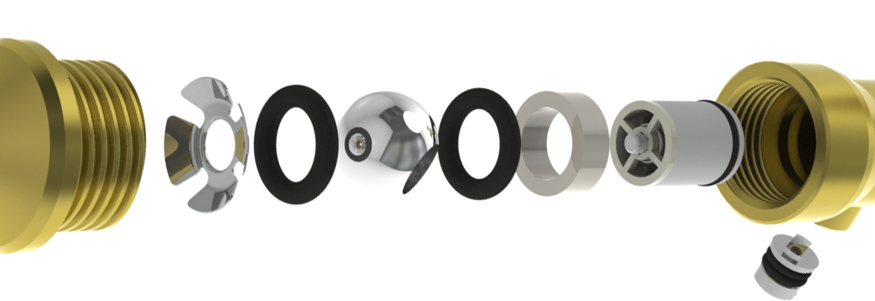The basic premise for ‘design for manufacture’ is to approach the initial design and engineering of a product or system in a way that closely considers how the components will be manufactured, assembled and controlled.
|
At Bayly, this always takes into account the intended manufacturing volumes and cost constraints. These considerations, without constraining the design, ensure that materials and process will compliment the design intent and suit the production volumes. Critically we avoid the inclusion of unnecessary parts or features in the design. Bayly’s attention to this process ensures all components within a design assembly are reviewed to determine whether they can be eliminated, combined with another component or the function can be performed in a simpler way. Designing with assembly in mind can lead to smarter and more efficient designs. Examples of which include; design features to suit automated assembly; and components which can only be assembled one way to reduce assembly time and improve quality control. Utilising vast experience in a range of manufacturing processes, our designers can quickly identify the process options which suits a particular client’s volume and cost requirements. This ensures that, from the start of the design process, components are designed with a particular process or processes in mind and hence can be completely optimised to suit. Bayly also makes use of our extensive contacts to identify and consult expert manufacturers early in the design process. |
The principles and benefits associated with our effective design for manufacture processes include:
|

